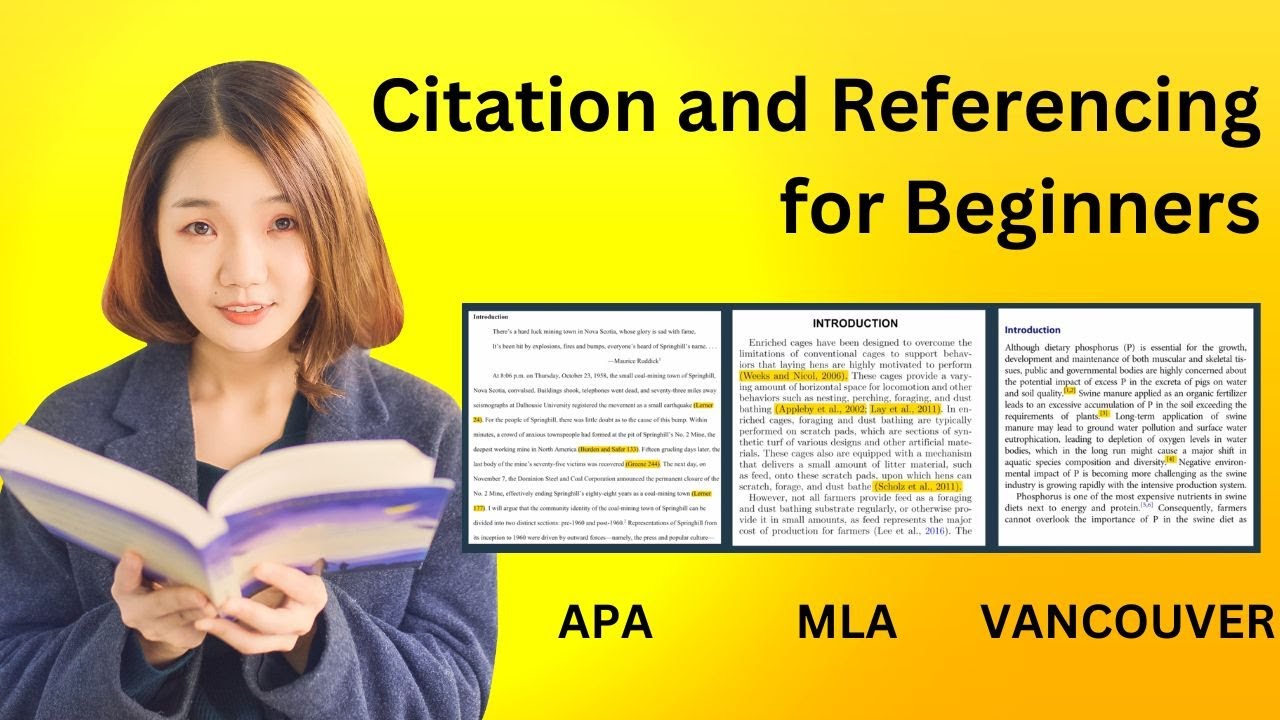Structure of academic texts from various academic disciplines| English for Academic & Prof.Purposes
Summary
TLDRThis educational video script focuses on guiding students through the fundamentals of academic writing. It defines academic text as formal, objective, and specialized writing by experts in a field. The script emphasizes the importance of structure in academic texts, comparing it to building a house with a solid foundation. It outlines the basic three-part essay structure—introduction, body, and conclusion—and introduces the IMRAD structure common in research papers. The video also touches on various academic disciplines and their relevance to writing style and content, encouraging students to understand the conventions specific to their field for effective academic communication.
Takeaways
- 📘 Academic text is defined as critical, objective, specialized text written by experts or professionals using formal language.
- 📝 The use of formal language in academic writing differs from daily conversations, avoiding contractions and informal vocabulary.
- 🔍 Academic writing is objective, based on facts rather than opinions, and technical, utilizing specific terminology for different disciplines.
- 🏗️ Good academic writing requires understanding the specific styles and structures relevant to one's discipline, similar to building a well-structured house.
- 📈 The basic structure of an academic text includes the three-part essay structure: Introduction, Body, and Conclusion.
- 📑 For longer texts or theses, the IMRAD structure is commonly used, which stands for Introduction, Methods, Results, and Discussion.
- 🤔 The Introduction section of an academic paper should pose the question being studied, while the Methods section explains how the study was conducted.
- 📊 The Results section reports the findings of the study, and the Discussion interprets what these findings mean.
- 🎓 Academic disciplines have their own focus, and understanding the conventions and content specific to each discipline is crucial for relevant writing.
- 🧠 Major academic disciplines include Business, Humanities, Natural and Applied Sciences, and Social Sciences, each with its branches.
- 💬 The video encourages students to share their thoughts on the usefulness of learning the structure of academic text in the comment section.
Q & A
What is the main focus of the video script?
-The main focus of the video script is to educate students about academic text, its structure, and the importance of understanding the specific styles and structures relevant to different academic disciplines.
What is the definition of academic text according to the script?
-Academic text is defined as critical, objective, specialized text written by experts or professionals in a given field using formal language.
Why is it important to use formal language in academic writing?
-Formal language is important in academic writing because it differentiates it from daily conversations, ensuring the text is professional, precise, and free from contractions or informal vocabulary.
What is the significance of being objective in academic writing?
-Being objective in academic writing is significant as it ensures that the text is based on facts rather than opinions, maintaining the credibility and reliability of the information presented.
How does the script describe the structure of a well-organized academic text?
-The script describes a well-organized academic text as having a solid foundation and being logically and organized, often following the three-part essay structure of introduction, body, and conclusion.
What are the three basic parts of an essay structure mentioned in the script?
-The three basic parts of an essay structure mentioned are the introduction, body, and conclusion.
What does the acronym IMRAD stand for in the context of academic writing?
-In the context of academic writing, IMRAD stands for Introduction, Methods, Results, and Discussion, which is a common structure for research papers.
What is the purpose of the IMRAD structure in a research paper?
-The purpose of the IMRAD structure is to provide a clear and logical framework for presenting research, making it easier for readers to follow the argument and understand the findings.
Why is it necessary to know the specific academic disciplines when writing academic texts?
-Knowing the specific academic disciplines is necessary because each discipline has its own conventions and content focus, which helps in making the writing output more relevant and appropriate for the field.
What are some examples of academic disciplines mentioned in the script?
-Examples of academic disciplines mentioned in the script include Business, Humanities, Natural and Applied Sciences, and Social Sciences.
How can students enhance their understanding of academic text structures?
-Students can enhance their understanding of academic text structures by learning the conventions and content focus of each discipline, and by practicing writing within the context of those disciplines.
Outlines

This section is available to paid users only. Please upgrade to access this part.
Upgrade NowMindmap

This section is available to paid users only. Please upgrade to access this part.
Upgrade NowKeywords

This section is available to paid users only. Please upgrade to access this part.
Upgrade NowHighlights

This section is available to paid users only. Please upgrade to access this part.
Upgrade NowTranscripts

This section is available to paid users only. Please upgrade to access this part.
Upgrade NowBrowse More Related Video
5.0 / 5 (0 votes)





